Factory & Community
BEING THE OLDEST TEA FACTORY IN THE WORLD, IT EMPLOYS A CRAFT-DRIVEN METHODOLOGY COUPLED WITH A COMMUNITY-LED FUNCTIONING.

Tucked in the foot of the Himalayas, this iconic bungalow, was designed to look partly like a tea estate bungalow and partly as a log cabin
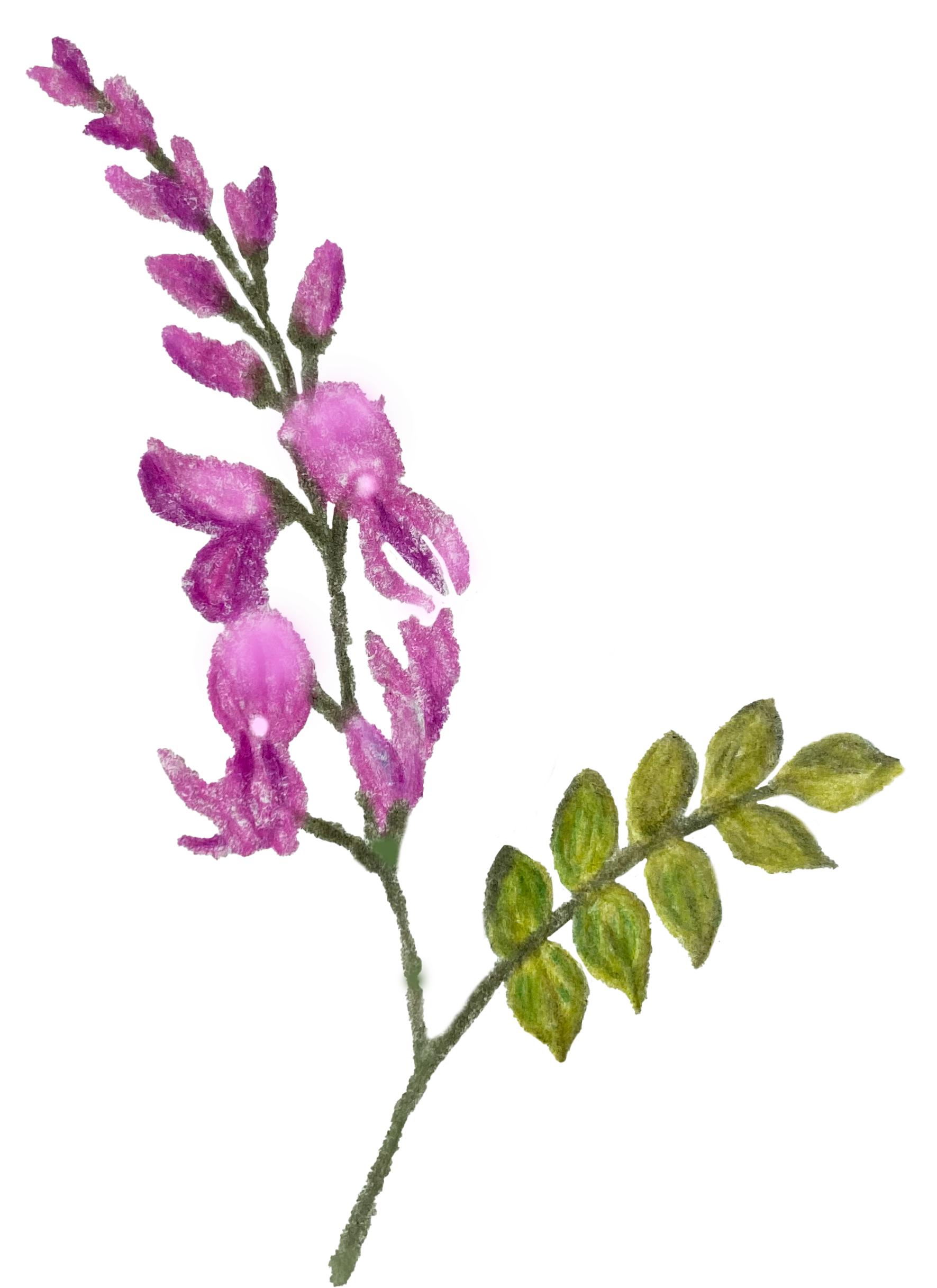









The Assam macaque (Macaca assamensis) or Assamese macaque is a macaque of the Old World monkey family native to South and Southeast Asia.
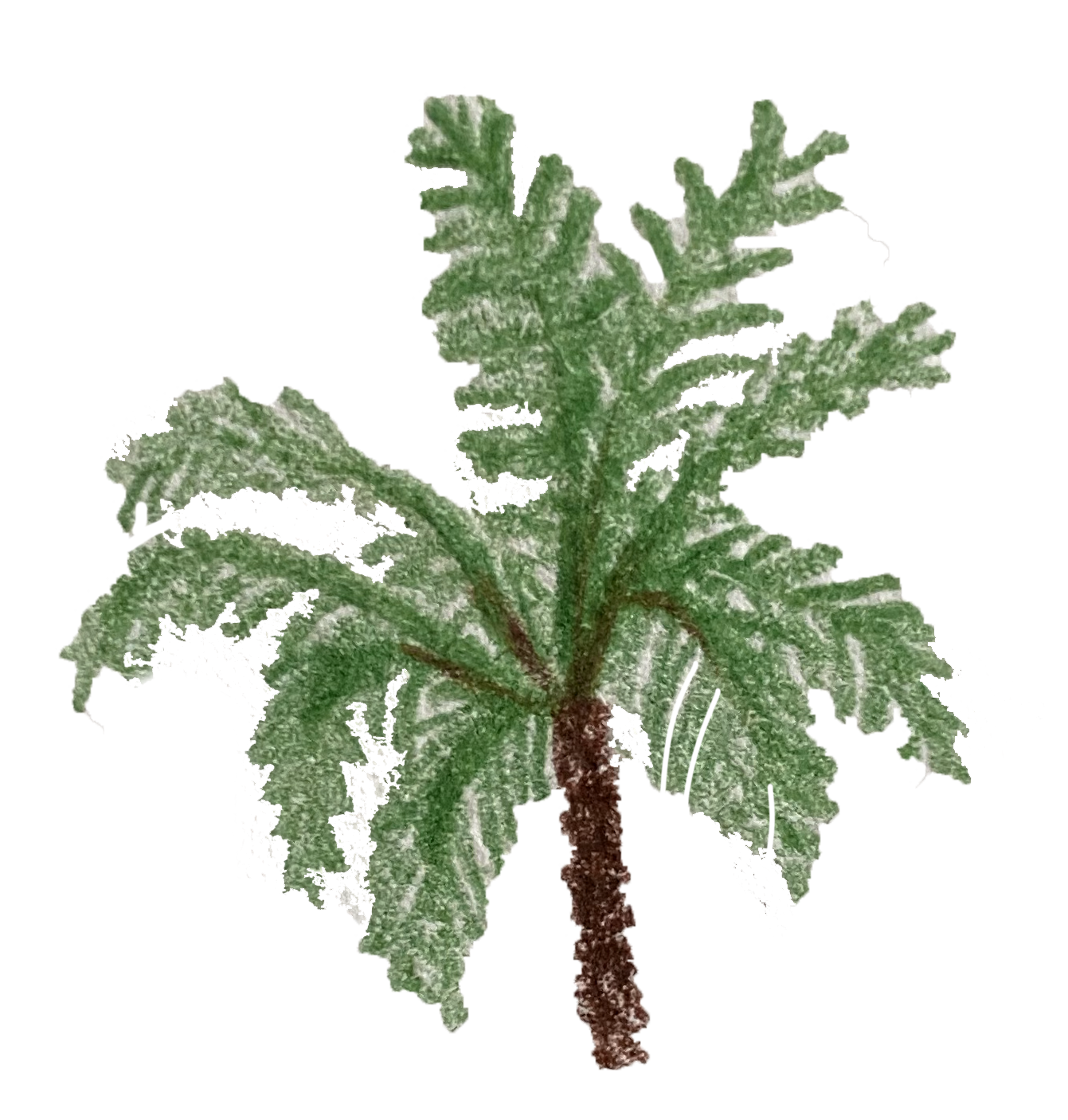



Brahma kumari's Rajyoga Meditation Centre.

The Malabar pied hornbill (Anthracoceros coronatus), also known as lesser pied hornbill, is a bird in the hornbill family, a family of tropical near-passerine birds found in the Old World.

The black drongo (Dicrurus macrocercus) is a small Asian passerine bird of the drongo family Dicruridae.



Sri Sri Saath Kanya Devi Mandir is a temple of devi Durga.

Dar Tzu lyang or Abode of the heavenly goddess of beauty built in the 17th century on the observatory hill by Sikkimese monks.

Makaibari is the world's first tea factory and was established in 1859.

Also known as the ounce, is afeid in the genus Panthera native to the mountain ranges of Central and South Asia

Muntjacs also known as the barking deer or rib-faced deer are small deer of the genus Muntiacus native to South Asia and Southeast Asia.

Camellia sinensis is a species of evergreen shrub or small tree in the following plant family Theaceae

Did you know that the pistil of the tea flower is the insipiration for the Makaibari Logo

Makaibari has some of the most beautiful trails in Darjeeling. The Vernelli Butterfly trail has several species of butterfly that know Makaibari as their home

Lorem Ipsum has been the industry's standard dummy text ever since the 1500s, when an unknown printer took a galley

MAKAIBARI IS NESTLED BETWEEN HIMALAYAS IN THE DISTRICT OF KURSEONG, DARJEELING. THREE RIVERS FLOW THROUGH MAKAIBARI AND EMPTY INTO THE BALASON — THE PRIMARY RIVER OF THE REGION.
Darjeeling produces 0.5% of global tea annually, but due to its spectacular terroir and unique environmental conditions, Darjeeling Tea - has earned the sobriquet of the best tea in the world — and Makaibari comfortably sits at the helm.
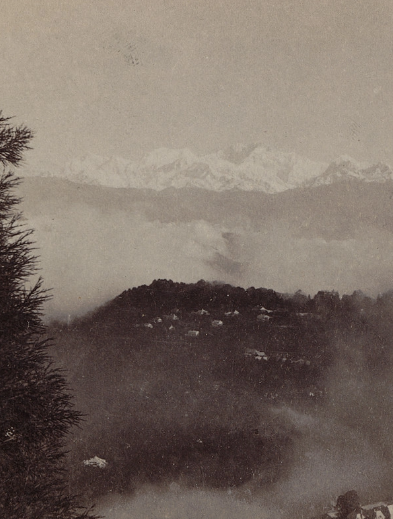
Darjeeling, Dorji-Ling is also known as ‘The Queen of the Hills’ as a health and educational centre for the British troops and their families, in the middle of the 19th century.
However, its most revered persona came to being when the British Government began to experiment with tea planting in the erstwhile colonies (after the Chinese embargo on tea shipments to Britain).
Planting commenced in the 1850s in Darjeeling, where Makaibari was the first garden to be planted in Darjeeling.
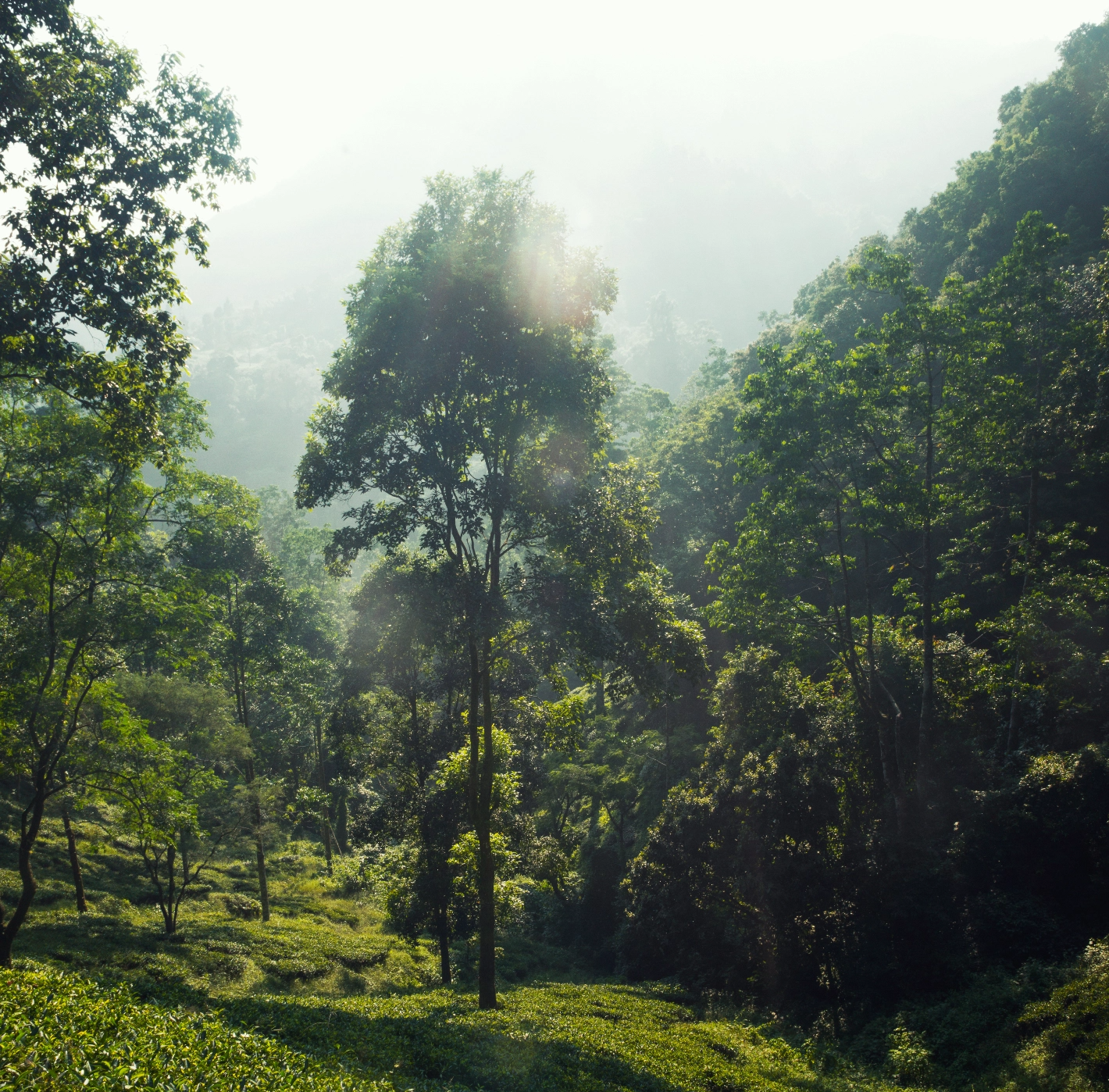

A life-long endeavour that keeps living and giving
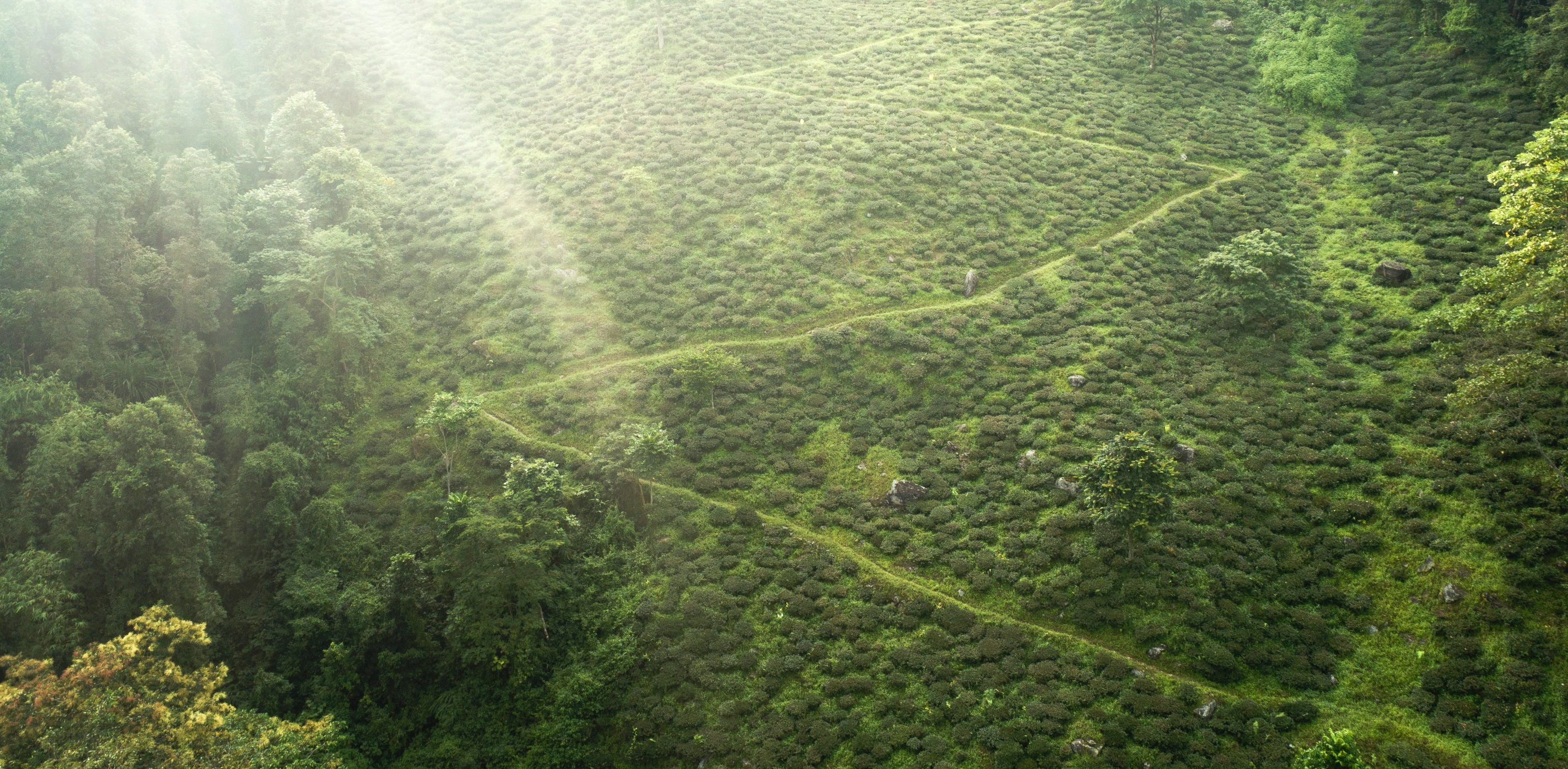
Makaibari is managed as a living organism that has a scope far beyond the fence lines of the garden. The plantation covers 550 acres and the forests cover twice that area, making supervision intensely difficult. While this makes it thrice as hard to farm tea at Makaibari, the collective effort of man
and forests gives its brew the magical flavour. The tea plantations are forest-nurtured — hemmed in with virgin forests, grasses & shrubs, with a plethora of flora & fauna. The ecosystem is suited to the bio-mimicking system that is employed across the estate to develop its distinctive and bio-diverse terroir.
BEING THE OLDEST TEA FACTORY IN THE WORLD, IT EMPLOYS A CRAFT-DRIVEN METHODOLOGY COUPLED WITH A COMMUNITY-LED FUNCTIONING.
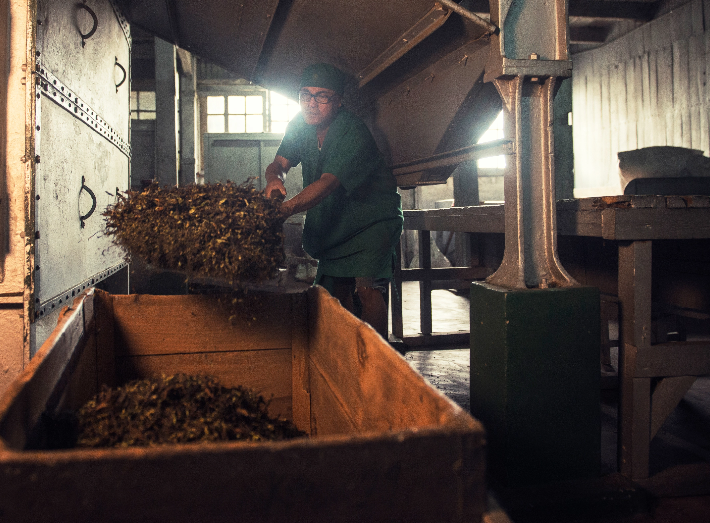
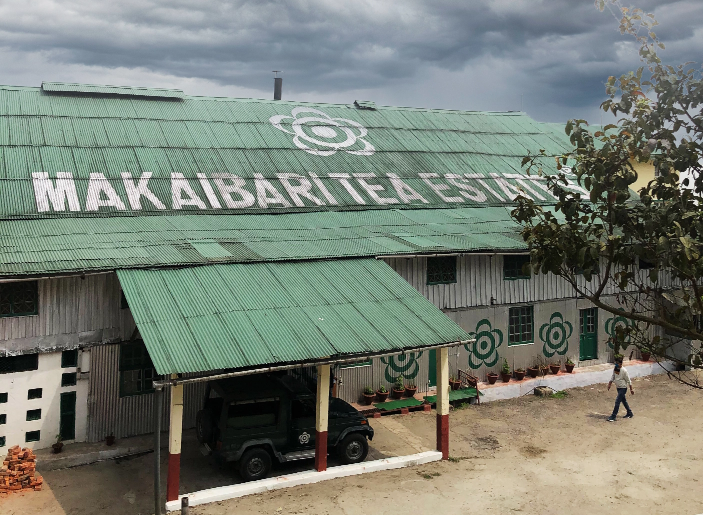
Makaibari’s tea factory born a hundred and fifty years ago is built entirely in wood, bamboo and cast iron — managed through the partnership of dedicated individuals, most of whom are born at Makaibari itself.
The factory has grown organically over the years in different stages becoming a sample of living industrial archaeology with several of the machinery still being used to this day.
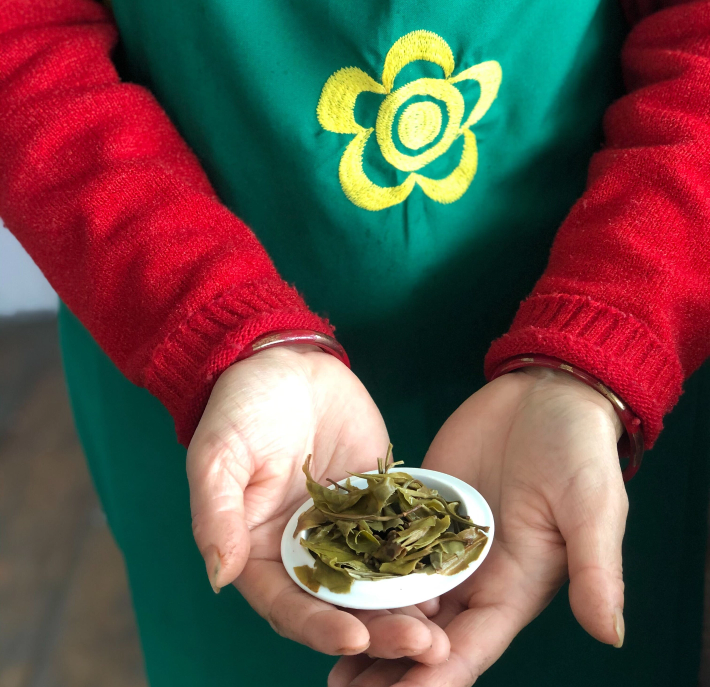
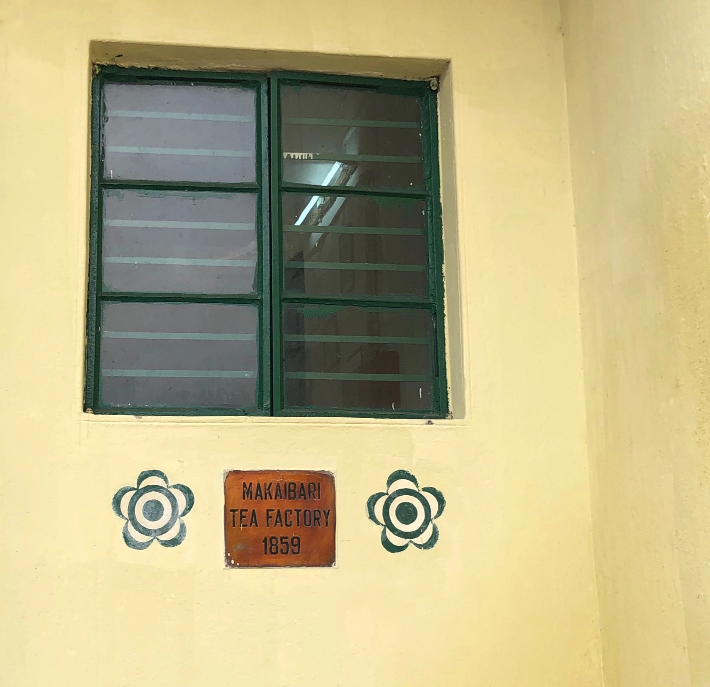
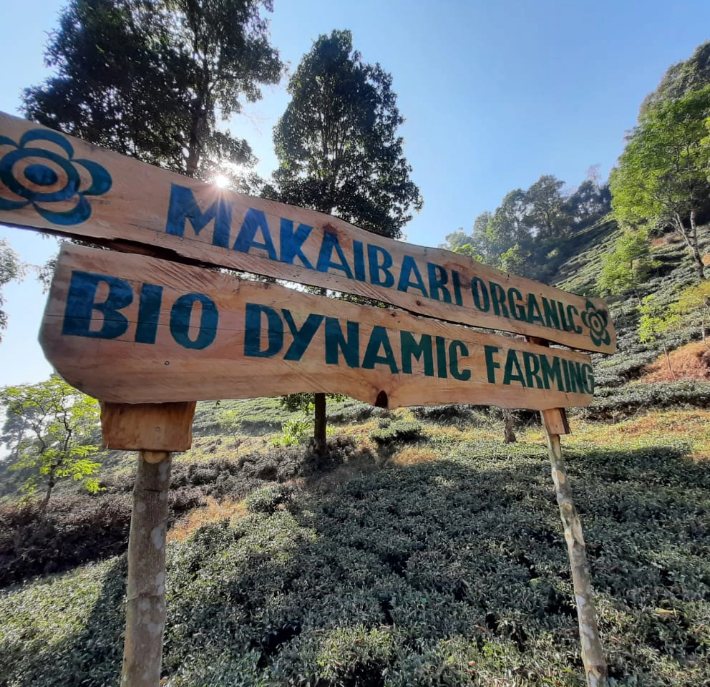
SYNERGISING ORGANIC — BIODYNAMIC — PERMACULTURE — SOCIO-AGRICULTURE
A collective effort of man, nature and ancient agri-wisdom makes an incredible difference to the enchanting brew that reaches the world.
KNOW MORE